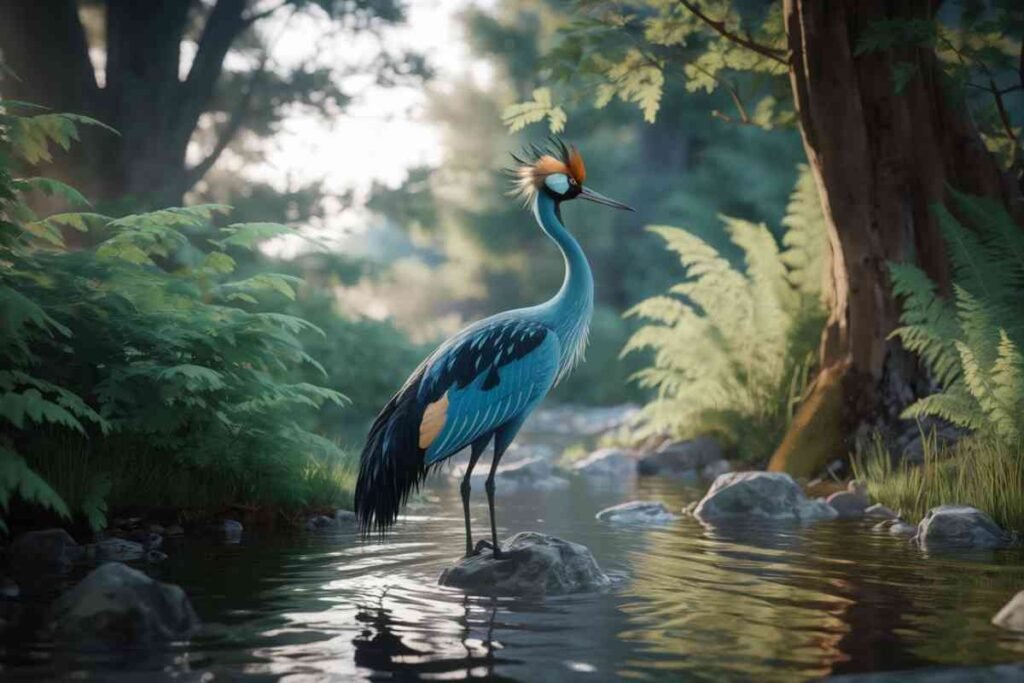Peiscans are enchanting beings that have sparked curiosity across cultures. With their blend of myth and reality, they offer a captivating glimpse into the world of folklore. In this article, we’ll dive deep into the true essence of Peiscans, exploring their origins, behaviors, and physical traits.
Keep reading to uncover why these creatures continue to captivate our imagination and how they embody the spirit of adventure and nature’s harmony.
What Are Peiscans? Unraveling Their Origins

Peiscans, as fascinating creatures, have roots in ancient folklore. These beings are often described as a fusion of myth and reality, with each culture interpreting them uniquely. The name “Peiscan” is derived from ancient languages that symbolize their connection to the elements of water and earth.
Scholars have long debated whether Peiscan are entirely fictional or represent an undiscovered species.
The uncertainty surrounding their origin only adds to the allure of these mysterious creatures.
While their presence is strongly rooted in myth, Peiscan continue to intrigue both researchers and enthusiasts.
With tales passed down through generations, they embody the themes of adventure, exploration, and respect for nature that many cultures cherish. But how do they differ from other mythical beings?
Peiscans vs. Other Mythical Creatures: What Sets Them Apart?
Peiscans share some similarities with other legendary creatures, like dragons and griffins, but their distinct features and behaviors make them stand out.
Physical Comparisons:
Much like dragons, Peiscan are often depicted with majestic wings and an ethereal presence. However, unlike the fearsome dragons in many myths,
Peiscans are portrayed as benevolent beings that maintain a peaceful balance between nature and humanity. They’re guardians, not destroyers.
Behavior and Social Structure:
Whereas dragons and griffins tend to be solitary or fierce, Peiscan are known for their unique social behavior. They form tight-knit groups with a well-defined hierarchy, working together to find food and protect one another.
This cooperation sets them apart, reflecting a deeper connection to the ecosystems they inhabit.
Emotional and Physical Adaptations:
It also differ from other creatures due to their mood-sensitive physical features. Their vibrant colors change depending on their environment or emotional state, adding another layer of intrigue.
Physical Characteristics of Peiscans: A Closer Look

Peiscans are known for their remarkable physical traits, which make them truly unique among mythical beings.
Size and Shape
Peiscans vary in size, from small, compact forms to those with impressive wingspans. Their agile and graceful bodies help them navigate a variety of terrains, adapting to forests, wetlands, or even mountainous areas.
Their body shape resembles a blend of birds and mammals, giving them an ability to survive in diverse environments.
- Range: Typically, they grow from two to four feet tall, but their forms are diverse, from long necks to more compact structures.
- Purpose: Their diverse shapes enable them to thrive in different habitats, from dense forests to open fields.
Color Variations: A Dynamic Display
One of the most captivating aspects of Peiscan is their changing colors. Depending on their surroundings and emotions, their hues can shift dramatically.
- Common Colors: From deep blues to emerald greens, the colors of Peiscan can range widely.
- Seasonal Changes: Seasonal shifts in temperature and resources also affect their colors, showcasing their adaptability.
Unique Features: Wings, Horns, and More
Many Peiscans possess wings that help them glide with an elegance unmatched by other creatures. Some also have impressive horns or crest-like formations. These features serve as both a form of defense and a way to attract mates.
- Wings: They enable Peiscan to glide effortlessly, aiding their movement and navigation.
- Horns: Used in mating displays or for self-defense, these horns make each Peiscan visually distinct.
Habitat and Behavior: Understanding Their Natural World

Peiscans thrive in lush forests, wetlands, and temperate climates where they can remain hidden and protected.
Natural Habitat
Peiscans are often found near rivers and lakes, where their diet is supported by the surrounding flora and fauna.
These creatures build nests in tall trees, providing a vantage point for protection from predators.
- Preferred Environments: Lush forests, wetlands, and areas near freshwater sources.
- Migration Patterns: In some regions, Peiscans migrate to warmer climates, reflecting their adaptability to different environments.
Social Behavior: A Complex Structure
Peiscans are social creatures that rely on cooperation to survive. They form groups that function with a clear hierarchy, where each individual plays a role in ensuring the group’s survival.
- Group Dynamics: Dominant Peiscans lead while subordinates maintain harmony within the group.
- Communication: Through vocalizations and body language, Peiscan engage in complex interactions, ensuring cooperation during feeding and other activities.
Feeding Habits: What Do Peiscans Eat?
Peiscans are omnivorous, eating a mix of plants, fruits, and small animals. They forage in groups, displaying teamwork to find food more effectively.
Their unique method of foraging includes flipping rocks to uncover insects and using their long tongues to extract nectar from flowers.
- Diet: Fruits, plants, small animals, and insects.
- Social Foraging: It often work together, enhancing their chances of finding food.
Legends and Myths Surrounding Peiscans: From Folklore to Reality
Throughout history, It have been featured in various legends and myths. These stories often attribute magical qualities to them, with some cultures believing that they can control weather patterns or facilitate plant growth. Others view them as guardians, maintaining balance in the natural world.
- Guardians of Nature: Many believe Peiscans help preserve natural harmony, using their powers to keep ecosystems balanced.
- Cultural Significance: In some myths, Peiscans are seen as messengers between the physical world and the spiritual realm, reflecting their deeper connection to nature.
Key Takeaways: Why Peiscans Continue to Captivate Us
Peiscans are not just mythical creatures; they are symbols of nature’s balance and the mysteries that lie between reality and myth. Their physical characteristics, social behavior, and legends continue to intrigue those who study folklore and the natural world.
Whether seen as protectors of nature or messengers of the divine, Peiscans leave a lasting impression on those who encounter them in stories.
Conclusion
Peiscans blend tradition, nutrition, and sustainability, making them an excellent choice for a healthy diet. Packed with essential nutrients, they’re versatile enough to use in salads, soups, and baked goods.
Their eco-friendly farming practices support both personal health and environmental well-being.
By incorporating Peiscans into your meals, you can enjoy their unique flavors while contributing to a sustainable lifestyle. Perfect for any kitchen, Peiscan are a delicious way to make mindful food choices
FAQs
What makes them different from dragons?
They are benevolent beings, unlike the fearsome dragons in mythology. They are guardians of nature and are known for their cooperation within groups.
Are they based on real creatures?
While their origins are rooted in folklore, they could potentially be inspired by undiscovered species, adding an air of mystery.
Do they migrate?
Yes, they migrate to warmer climates during certain seasons, showcasing their adaptability.
What do they eat?
They are omnivorous, consuming a mix of fruits, plants, and small animals.
How do they communicate?
They use vocalizations and body language to express their emotions and coordinate within their social structure.
What are their wings like?
They possess elegant wings that help them glide gracefully and serve as a tool for protection and movement.
Can they change color?
Yes, their colors change depending on their mood and environment, ranging from vibrant blues to deep greens.
Are they magical?
Many cultures believe they possess magical qualities, such as influencing weather patterns or aiding in plant growth.




